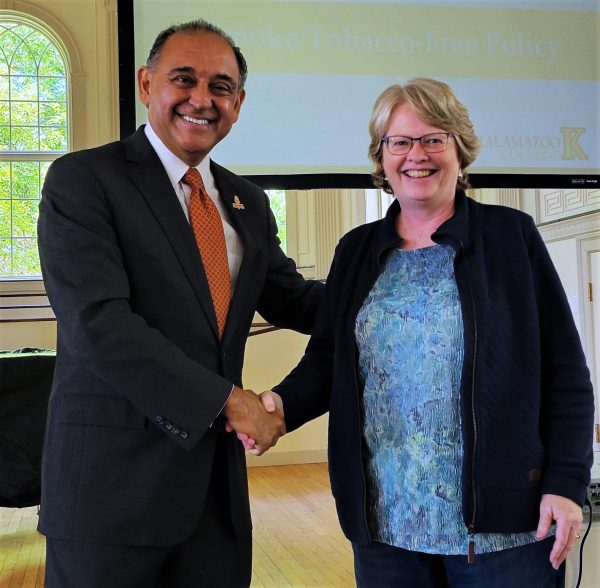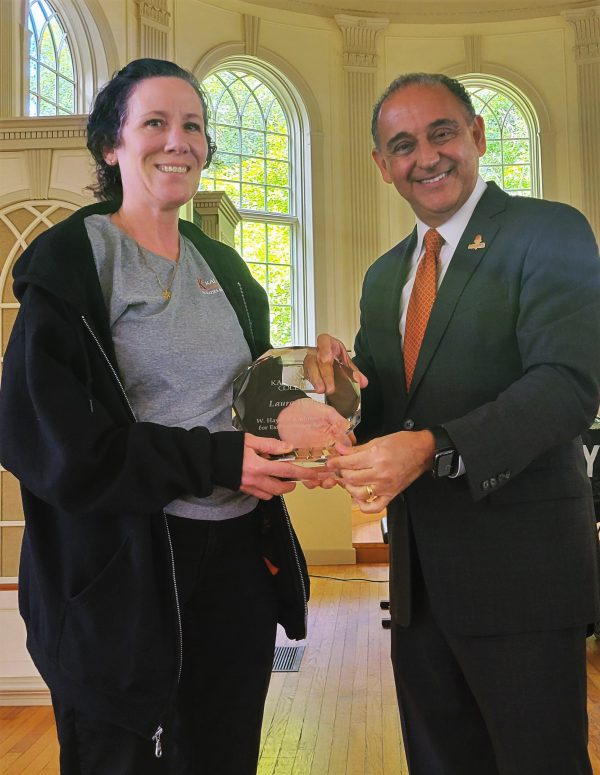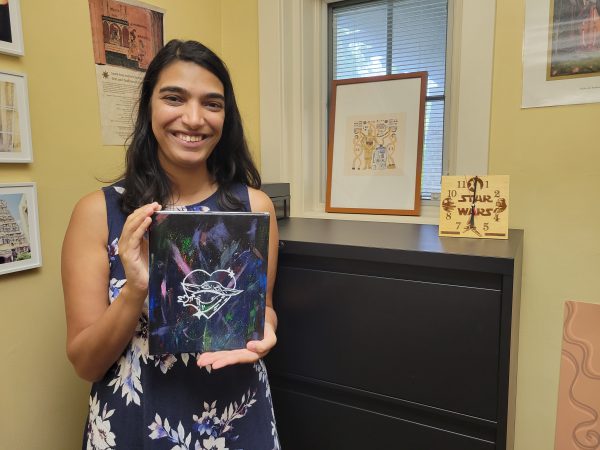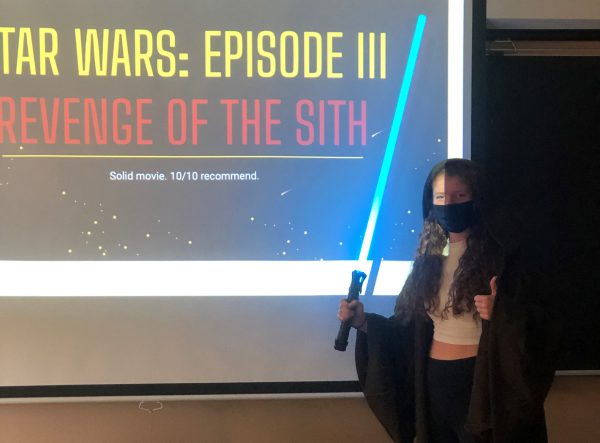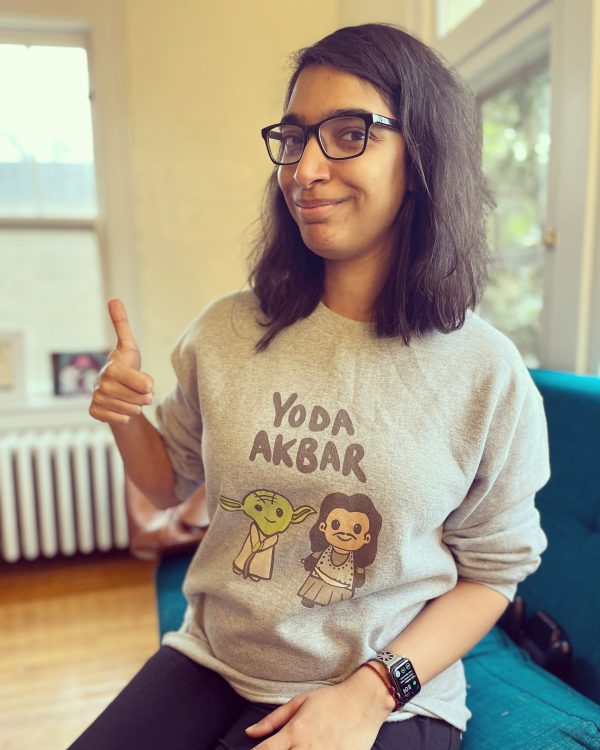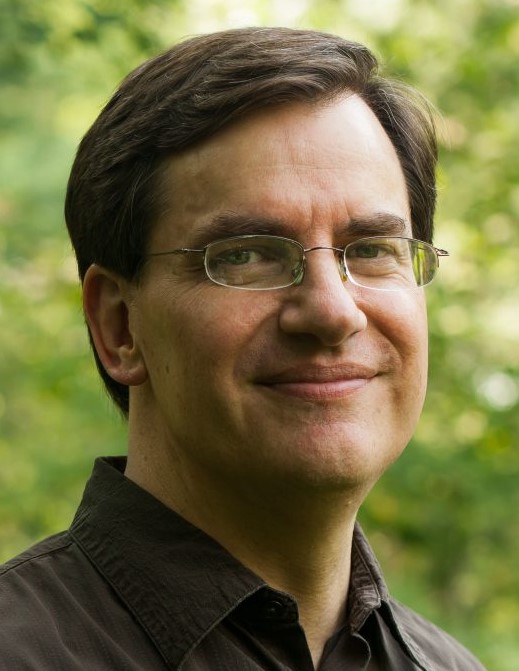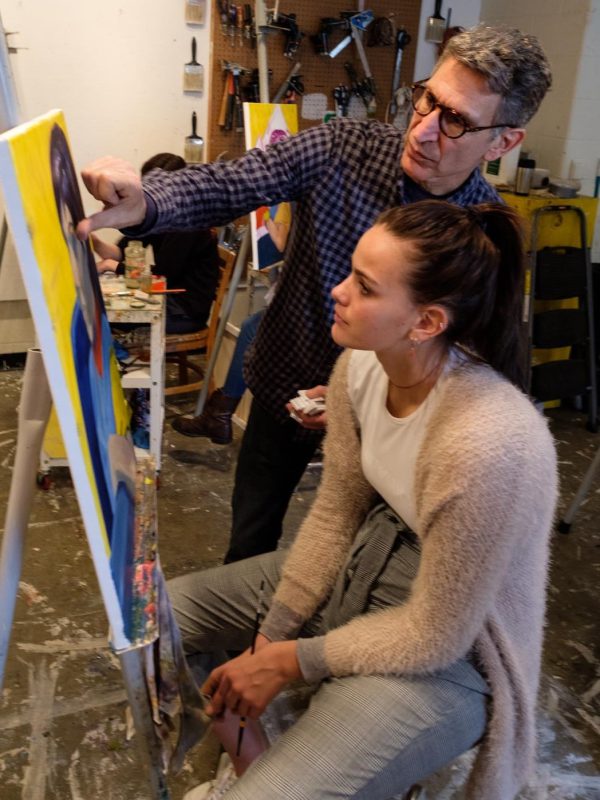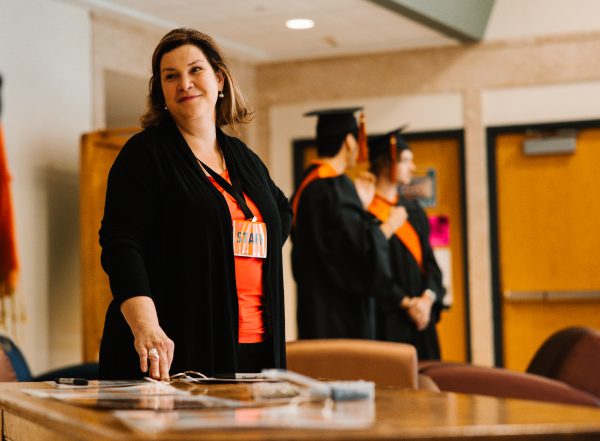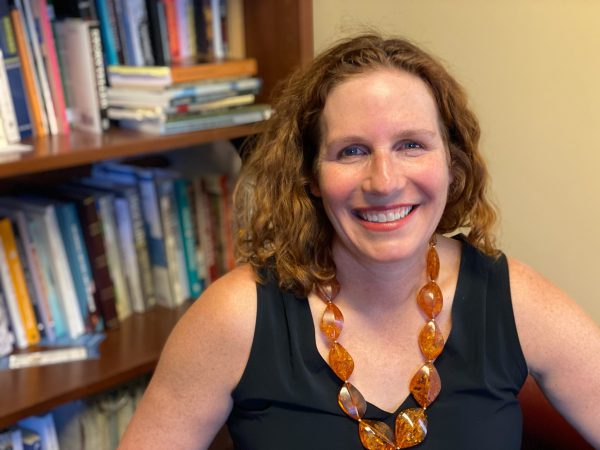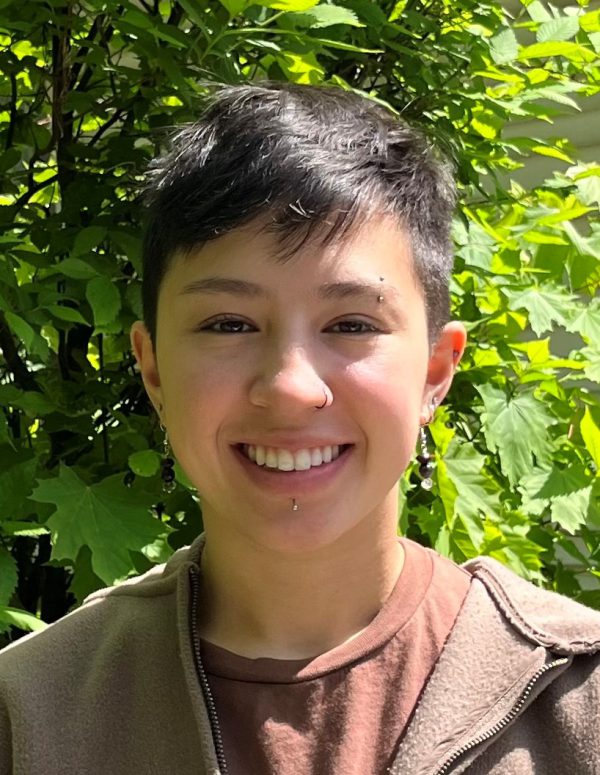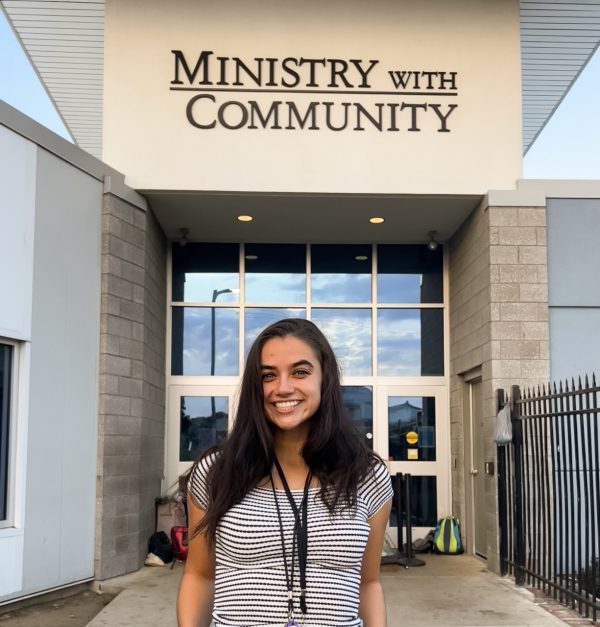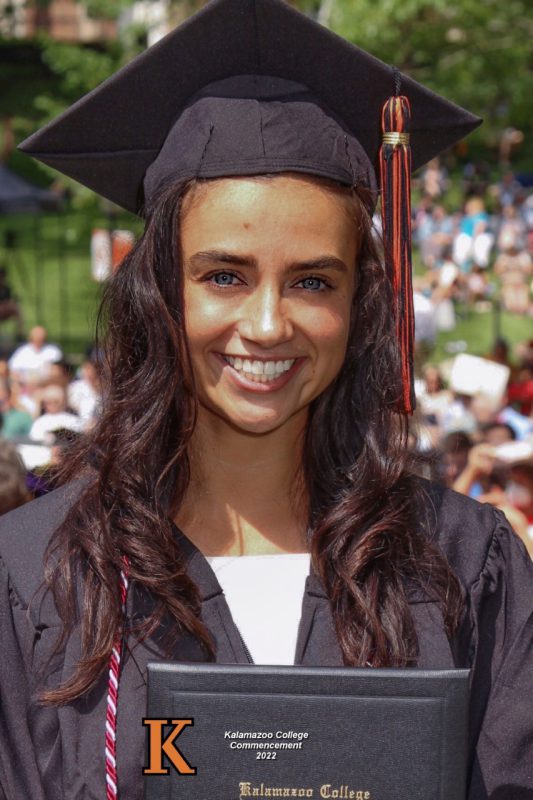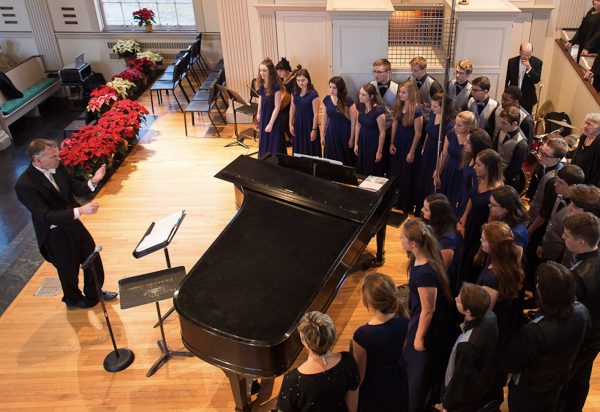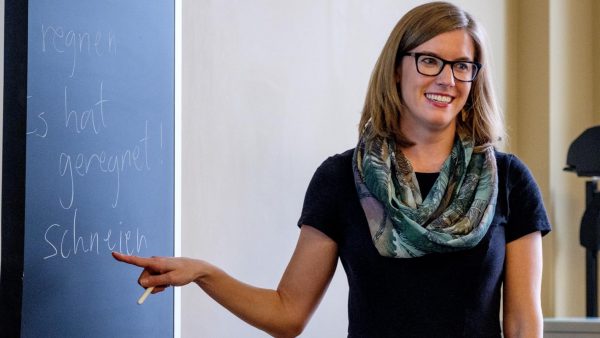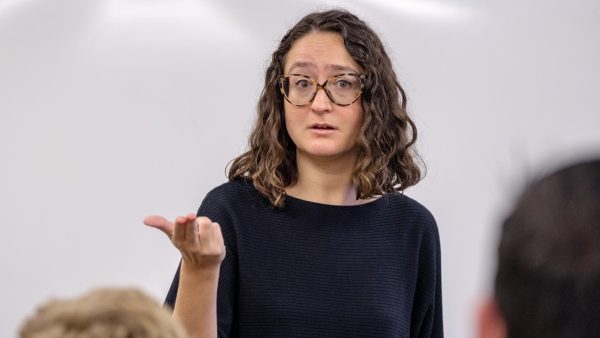A Kalamazoo College English professor has a personal connection to her latest book about the Bengal famine of 1943, which killed about 3 million people in the wake of World War II.
“My father, who grew up in Calcutta, was a young boy during the famine,” Professor of English Babli Sinha said. “He told me stories of destitute people in the street, begging for just the water in which the rice was cooked in my father’s household. People were starving and dying in plain sight in a major metropolis of the British Empire. That was my first introduction to the famine.”
Since hearing such first-hand narratives, Sinha has conducted her own research of the disaster through books by Bhabani Bhattacharya, a 1940s Indian Anglophone author, along with some of history’s more under-shared writers and artists, to develop The Bengal Famine and Cultural Production: Signifying Colonial Trauma (Routledge 2023).
The book’s testimonies show that World War II-era British authorities feared a Japanese attack after Burma and Singapore fell to Japan in 1942, halting rice exports from those countries. The British instituted a Scorched Earth policy, confiscating crops from Bengali farmers and destroying the boats of fishermen in the region in anticipation of an invasion of India. Shortages and hoarding then prevented many Bengalis from affording even a basic diet.
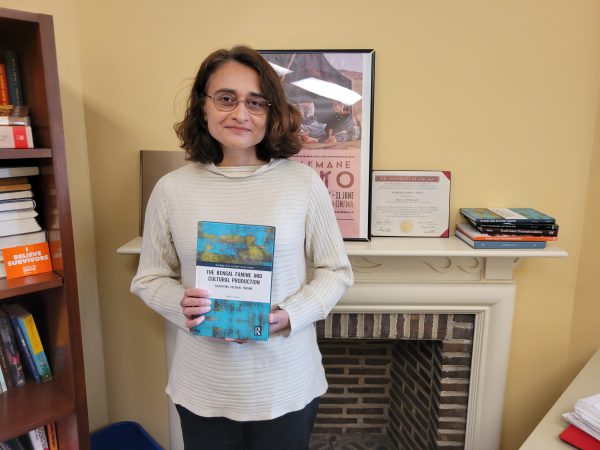
Imperial officials blamed the incompetence of local Indian officials for the famine, attempting what Sinha describes as an erasure of the suffering that should be front of mind when we think about history.
“When students learn about World War II history, they don’t learn very much about the Asian front,” Sinha said. “We also have this good-guy-versus-bad-guy-narrative, whereas people in the colonized world tend to think about it as a war of competing empires—the Nazi Empire, the British Empire, the French Empire. The British and French empires were both committing atrocities that need to be reckoned with everywhere, so you get a more nuanced history of what was actually happening during the Second World War.
“So much of our approach to the UK is around a kind of nostalgia for a genteel past through shows like Downton Abbey and other kinds of narratives,” she added. “What we miss in those romanticized representations is the reality that wealth was being generated through slavery, indentured servitude and gross violations of human life. We still place people like (Prime Minister) Winston Churchill on a pedestal, despite his failed leadership during the time of the famine, and despite him referring repeatedly to Indians with racist language.”
Such perspectives help provide a different view of traumatic events like the Bengal famine through an intervention around the ethics of representation and colonial trauma’s typical exclusion in traditional trauma theory, Sinha said.
“Traditional trauma theory thinks of experiences that end, and then you have a period in which to reflect and discuss that experience,” she said. “In the case of colonial trauma, there is no end to the trauma. The violence is systemic and ongoing, not limited to a particular event. Thinking about trauma differently seems crucial to me as something that doesn’t necessarily have a closure. It’s also important to think beyond Europe in terms of trauma and collective trauma. That’s something that’s been happening, I would say, since the 1980s and 90s, in Postcolonial studies. It’s a relatively new phenomenon to think about literature from the broader Anglophone world at all and to think about the kind of psychological impact colonialism has on populations.”
Recent global events, though, have prompted an opportunity for The Bengal Famine to be included in reviews of history.
“During the period of the Black Lives Matter movement in the United States, there was also an examination of imperialism in the British public imaginary through movements like Rhodes Must Fall,” Sinha said.
Rhodes Must Fall was a decolonization-in-education movement originally directed against a statue at the University of Cape Town that commemorated Cecil Rhodes, who was a late 1800s prime minister of Cape Colony and an organizer of the diamond-mining company De Beers Consolidated Mines. His will established the Rhodes scholarships at Oxford University in 1902, but some historians view him as a ruthless imperialist and a white supremacist.
“Interestingly enough, in the context of this kind of public reckoning in the UK, the famine began to play a role as an example of an imperial atrocity that has to be reckoned with in the British imaginary,” Sinha said. “I think we’re at a time now where all over the world people are rethinking their received histories, and I think my book is a part of that broader conversation.”
Elsewhere in her career, Sinha has published articles to her credit that have appeared in Commonwealth Literature; South Asian History and Culture; Cultural Dynamics; Comparative Studies of South Asia, Africa and the Middle East; Historical Journal of Film, Radio and Television; South Asian Diaspora; and Journal of Popular Film and Television. She also previously released two books about South Asian history. Cinema, Transnationalism, and Colonial India: Entertaining the Raj (Routledge 2013) explores how films in the United States, Britain and India affected each other politically, culturally and ideologically; and South Asian Transnationalisms (Routledge 2012) considers cultural and political exchanges between artists and intellectuals of South Asia with their counterparts around the world to scrutinize relationships between identity and agency, language and space, race and empire, nation and ethnicity, and diaspora and nationality.
After earning her bachelor’s degree in French and English literatures from Washington and Lee University, Sinha was uncertain of her career path. She began working on the production side of the publishing industry in New York, until she pursued advanced degrees including a master’s in French literature from Indiana University, Bloomington, and a Ph.D. in English literature from the University of Chicago. She later taught and participated in a post-doctoral program at the University of California, Los Angeles, titled Cultures in Transnational Perspective before arriving at K in fall 2008.
Her students have since surprised and inspired her.
“My K students are just wonderful,” Sinha said. “They are what keeps me going and what’s kept me here. I’ve taught at other large institutions and some public universities. You can have wonderful students and some not-so-wonderful students there. But K students are serious and prepared. That makes for a wonderful classroom experience where we can move beyond some of the superficial conversations in whatever texts we’re looking at and really get into intellectual inquiry.”

